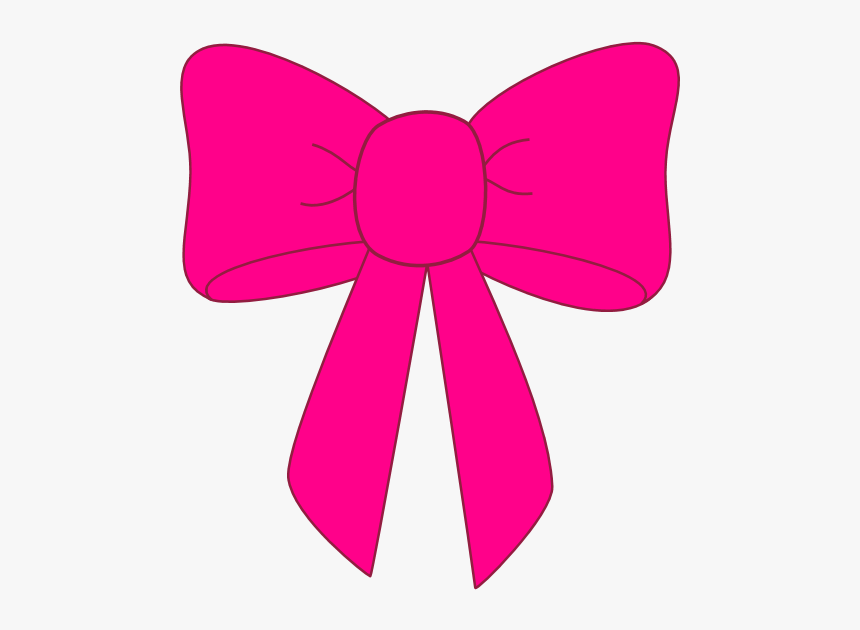Kidney stones are formed by crystals that can block urine flow. Most commonly, they leave the kidney by traveling down the ureters, which are the tubes that carry urine from the kidneys to the bladder. Stones are more likely to form in highly concentrated urine – too many crystals in too little liquid – which can make the urine look dark yellow instead of straw colored or clear.
Though they often start out the size of a grain of sand, kidney stones can grow to fill the inside of the kidney. The bigger they are, the more difficult they are to pass. Stones can form from a variety of minerals, but the most common is calcium oxalate.
The bad news is that once you’ve had one stone, you have a 50% chance of having another within the next 15 years. Recurrent stone formation can result from a range of causes, from uncontrollable factors like family history and underlying kidney disease to obesity, dehydration, and dietary choices.
The good news is that many risk factors for recurring kidney stones are within your control, and small changes in your diet can make a big difference. Here are seven tips related to foods and beverages that can reduce your chances of developing another kidney stone.
1. Drink water – and then drink more!
If you have already made a kidney stone, the best way to prevent further stones is to drink more fluids. Staying hydrated dilutes the urine, so crystals can’t clump together and become stones.
A 2015 meta-analysis from the National Kidney Foundation found that people who produced 2 to 2.5 liters of urine daily were 50% less likely to have a kidney stone than those who produced less.
People who have had kidney stones should drink a lot of water – at least 2 liters (8 cups) a day, but ideally 3 liters (12 cups). When it’s hot outside, or if you work in a hot environment, you should drink even more water because the more you sweat, the less urine you produce.
If plain water is too bland for you, boost your prevention efforts by adding a squeeze of citrus juice. Lemons, limes, and grapefruits contain citrate, which binds to calcium and helps block stone formation. You could also substitute some of your water for citrus beverages such as orange juice.
2. Limit your sodium intake
A high-sodium diet increases the amount of calcium in your urine. This can trigger kidney stones in people who are already susceptible to them. Follow federal guidelines that recommend limiting your sodium intake to 2,300 milligrams daily.
Reducing sodium, or salt, also benefits the kidneys by helping to lower blood pressure. Chronic high blood pressure can narrow and weaken the blood vessels in the kidneys, reducing blood flow. Over time, that can make the kidneys stop working properly, leading to kidney disease or kidney failure.
3. Eat calcium-rich foods
It may seem counterintuitive to recommend calcium when most kidney stones are made of a form of that mineral. But some stones are made from calcium and oxalate, which is found naturally in a variety of foods including fruits, vegetables, nuts, grains, legumes (like black beans or peas), chocolate, and tea.
Calcium from the food you eat combines with oxalate in your intestines, forcing the oxalates into your feces instead of your urine and reducing the risk of developing calcium oxalate stones.
But you won’t see this benefit from taking calcium supplements. To get the best results, try to consume 1,000-1,200 milligrams of calcium a day from dairy products, soy products, beans, seeds, fortified tofu, and some green vegetables such as kale and broccoli.














